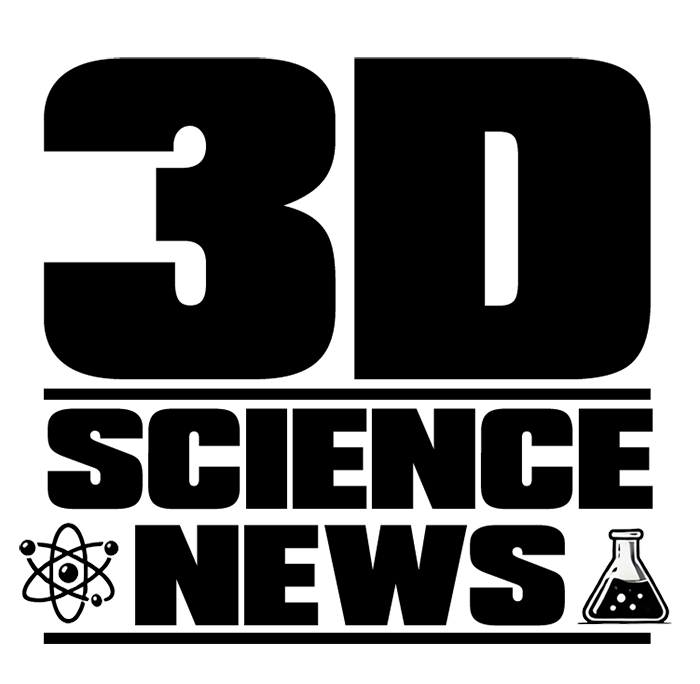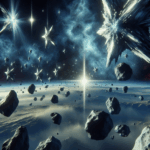The Earth is throwing tantrums again. This time, Kilauea, Hawaii’s notoriously restless volcano, didn’t just spew lava—it whipped it into a blazing, spinning vortex. A “lavanado,” if you will. Because apparently, regular lava rivers weren’t dramatic enough.
Captured on video by Scott Malis, this hellish twister formed over a fresh molten pit, swirling a cocktail of superheated gases and liquid rock into the sky. It danced across the crater floor for about four minutes, a fleeting but spectacular reminder that nature has no chill.
The physics behind it? Classic chaos. Dust devils—those little whirlwinds that kick up dirt on hot days—form when warm air near the ground rises fast, pulling in cooler air that starts to spiral. Replace “warm air” with “blistering volcanic heat” and “dirt” with “actual molten lava,” and congratulations, you’ve got a lavanado.
Kilauea’s latest eruption sent lava fountains hundreds of feet into the air, transforming the landscape of Hawaii Volcanoes National Park yet again. It marked the 11th eruption since December 2024, proving that this volcano is aggressively committed to its routine.
The comparison to dust devils holds up—except normal dust devils don’t involve the literal floor of the Earth melting beneath them. The process is called “vertical mixing,” a deceptively calm phrase for what is essentially nature’s way of stirring a cauldron of destruction. Hot air shoots skyward, cooler air rushes in, and if the winds are just right, the whole thing starts spinning like a cursed carnival ride.
Lavanadoes are rare, but not unheard of. Volcanic twisters have been documented before, usually in places where the ground is actively trying to consume everything in sight. The difference here? This one was caught in high-definition, reminding the world that Hawaii’s Big Island isn’t just a paradise—it’s an active battle zone between land and fire.
Kilauea has been erupting on and off for decades, reshaping the island with every outburst. The volcano is one of the most studied in the world, not just because it’s hyperactive, but because it offers scientists a front-row seat to the raw, unfiltered power of planetary geology. And now, apparently, to spontaneous lava tornadoes.
While the lavanado was short-lived, Kilauea’s temper is anything but. The volcano will continue erupting, spitting out lava, reshaping the land, and occasionally throwing in a fiery cyclone just to keep things interesting. Because when the Earth decides to put on a spectacle, it doesn’t do half-measures.
Five Fast Facts
- Kilauea is one of the most active volcanoes on the planet, erupting almost continuously from 1983 to 2018.
- The term “lavanado” isn’t official—scientists typically call them volcanic vortices, but that’s nowhere near as fun.
- Hawaii’s volcanic soil is so fertile that plants can start growing on fresh lava flows within just a few years.
- The Big Island of Hawaii is still growing, thanks to the relentless flow of lava adding new land to its edges.
- Volcanic lightning—yes, lightning inside eruptions—happens when ash particles collide and build up static electricity.





